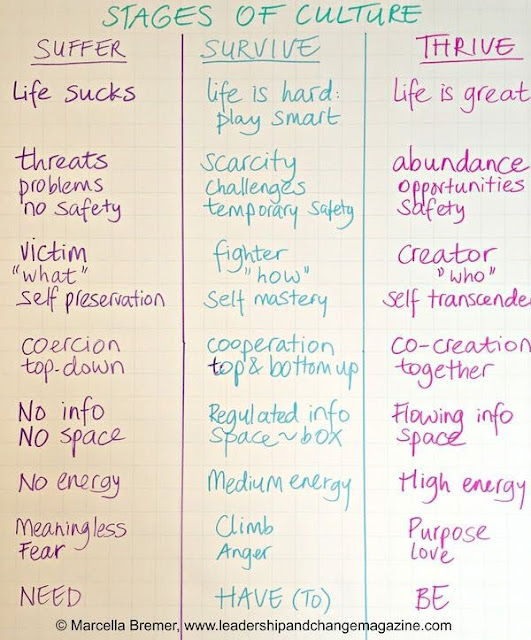Name It to Tame It is a technique that involves noticing and labeling emotions as they’re happening. Identifying an intense emotion (“naming”) has the effect of reducing the stress and anxiety (“taming”) in the brain and the body that that emotion is causing.
In addition to in-the-moment relief, this practice also strengthens our capacity over time to be with big emotions when they arise, without getting swept up in them.
This technique was first identified by Dr. Daniel Siegel, a psychiatrist, writer, and professor who is also the founding co-director of the Mindful Awareness Research Center at UCLA...
- Something happens
- Your body responds: tension, rapid heart rate, faster breathing
- You might have thoughts like, “This is unbelievable!” / “How could they do this?” / “This isn't fair!”
- You feel angry, frustrated, rejected, humiliated, afraid, etc.
- If you’re trying to stop or deny the emotion, you might speak to yourself in reprimanding ways: “What’s wrong with you?” / “Get ahold of yourself!”—which doesn’t work
- Your body responds with more tension and stress hormones
- You act out physically or have an emotional outburst
- You notice what your body is telling you: that you’re feeling angry, afraid, sad, etc.—and you take a deep, slow breath in
- You recognize the fact that this situation is upsetting you—without reprimanding yourself—and you slowly exhale
- You honestly name what you’re feeling: e.g., “anger, anger, anger” or “fear, fear, fear”—and you take a deep, slow breath in
- Your notice your body slowly calming itself—and you exhale
- You keep naming and breathing until you feel your body regulating




















